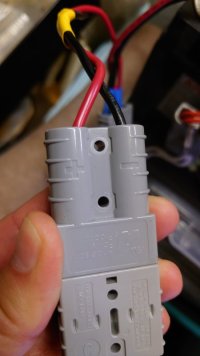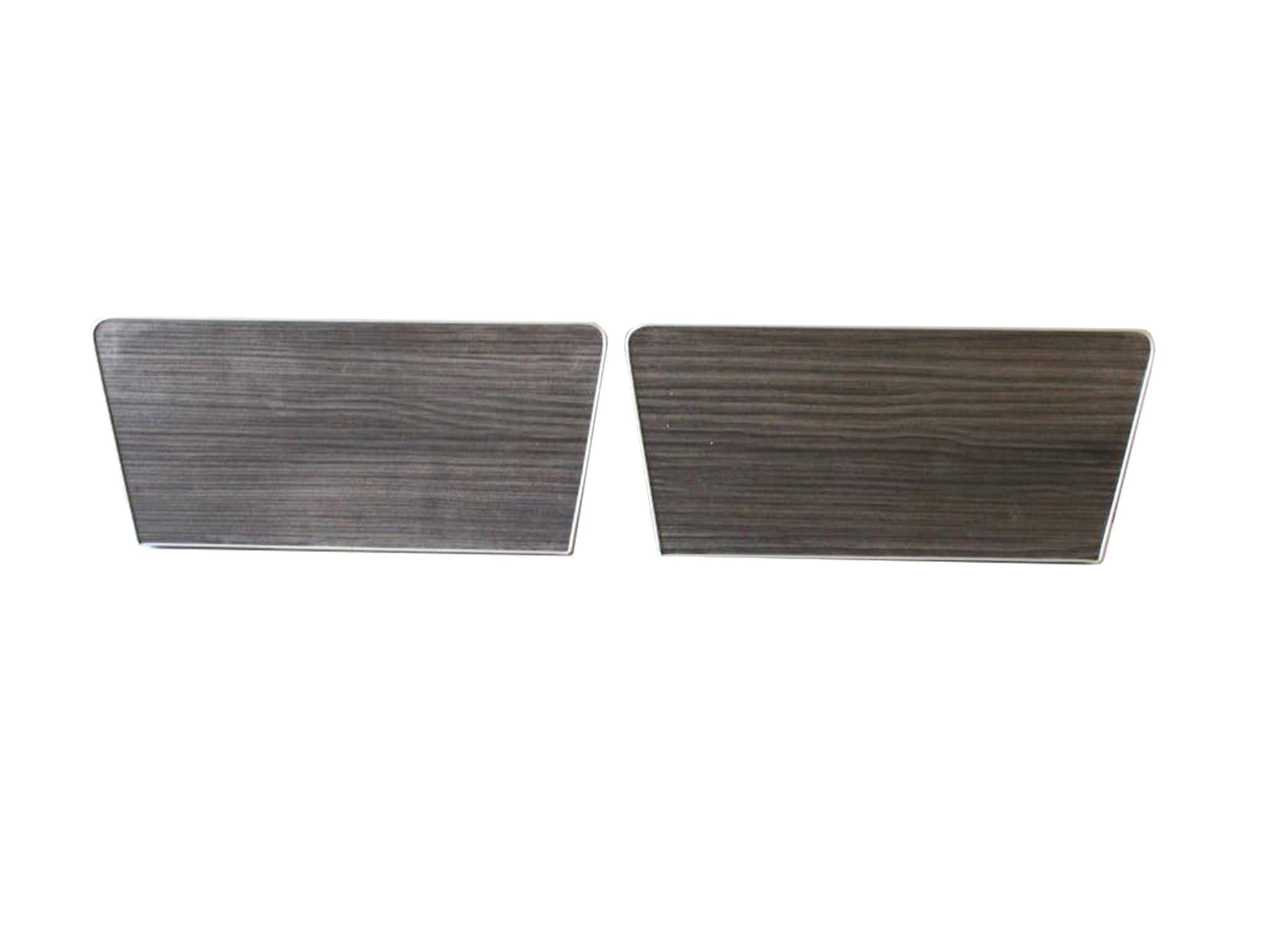Hello
First time poster!
I just bought a VW Transporter T6 4Motion.
It has a leisure battery under the front passenger seat with a split charger installed, and I'm not sure which battery is in there.
I would love some advice on how to add a three pin plug socket, a battery charge indicator & a USB A + C port behind the front passenger seat.
I know I can plug in an inverter, but would like to have switch plate like the attached photo and be neat and tidy!
My new van

This is where I want to have the sockets
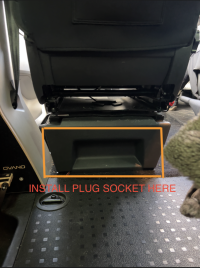
This is what I can see under the seat
.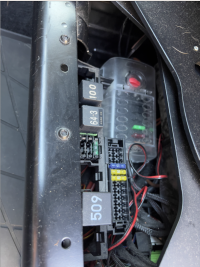
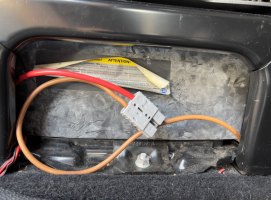
This is the kind of plug I would like to add
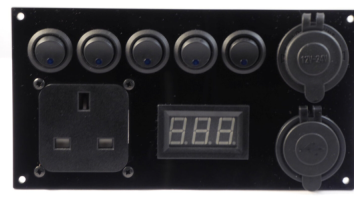
Thanks so much for your help!
First time poster!
I just bought a VW Transporter T6 4Motion.
It has a leisure battery under the front passenger seat with a split charger installed, and I'm not sure which battery is in there.
I would love some advice on how to add a three pin plug socket, a battery charge indicator & a USB A + C port behind the front passenger seat.
I know I can plug in an inverter, but would like to have switch plate like the attached photo and be neat and tidy!
My new van

This is where I want to have the sockets

This is what I can see under the seat
.


This is the kind of plug I would like to add

Thanks so much for your help!

